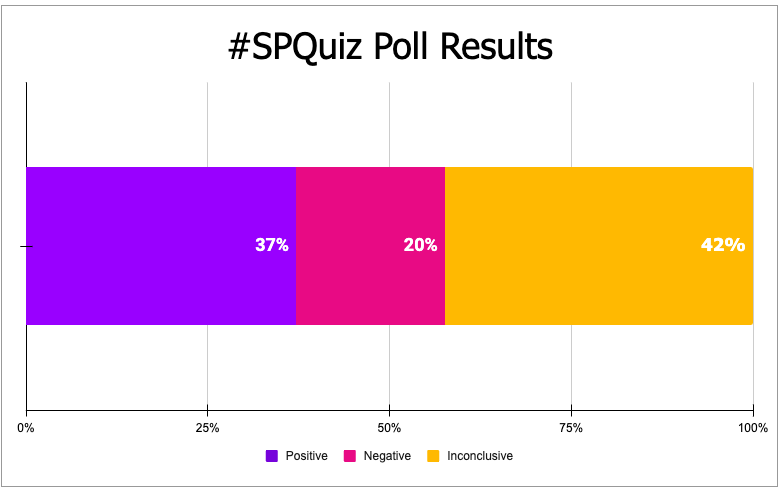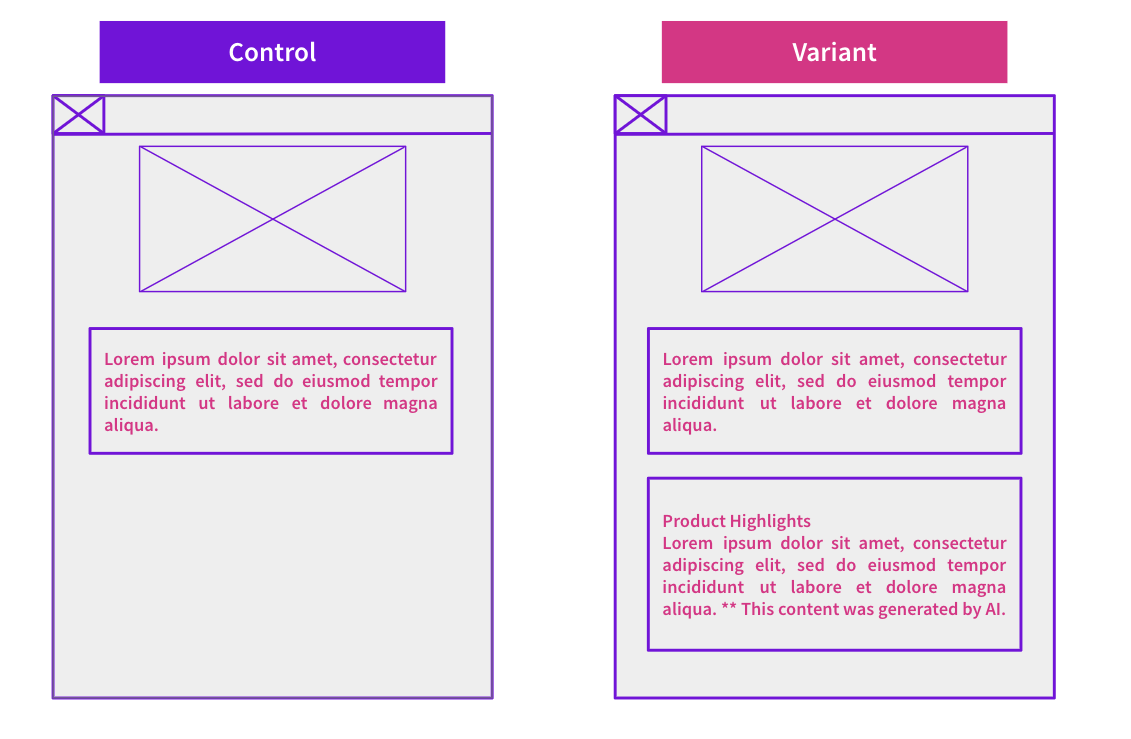Start here: how our SEO split tests work
If you aren't familiar with the fundamentals of how we run controlled SEO experiments that form the basis of all our case studies, then you might find it useful to start by reading the explanation at the end of this article before digesting the details of the case study below. If you'd like to get a new case study by email every two weeks, just enter your email address here.
In this week’s #SPQuiz, an ecommerce customer of ours decided to completely remove meta-descriptions on pages that had descriptions over the recommended character limit.
We asked our followers on both Twitter and LinkedIn what they thought the impact would be on organic traffic.
Here is what they thought:
Poll Results
Opinions were split, though the most popular opinion was that the test would be inconclusive. Let's see which of these voters were correct.
The Case Study
Meta descriptions play a vital role in influencing click-through rates. However, Google often rewrites them for what it perceives as increased relevance to users. In response to this challenge, SEOs commonly use strategies to guide Google's content selection in search results.
What was changed
An e-commerce customer of ours tested removing meta-descriptions from their listings pages that had character counts over Google’s recommended limit. This allowed Google to autonomously rewrite them based on the page content. The hypothesis was that by removing the meta-description, and letting Google rewrite it based off of on-page content, they would better match user queries and subsequently positively impact organic traffic, due to an increased click-through rate.
Results
The test produced a positive outcome, with an estimated 4.2% increase in monthly organic sessions. While statistical significance at the 95% confidence interval was not achieved, the positive result at the 90% confidence level suggests potential benefits. We believe that this result is due to Google’s meta-description rewrites matching user queries better than the original meta-descriptions, resulting in an increased click-through rate.
We’ve seen a theme in terms of what happens when we encourage or restrict Google’s freedom to edit meta-descriptions or titles. This data no-snippet test, where we tried to prevent Google from pulling on-page content into meta-descriptions, is a good example of the negative effects of restricting Google from making changes to meta-descriptions.
Despite the result not being positive at the 95% confidence interval, we recommended our customer roll out these changes to all applicable pages, as well as further testing related to meta-description templates.
How our SEO split tests work
The most important thing to know is that our case studies are based on controlled experiments with control and variant pages:
- By detecting changes in performance of the variant pages compared to the control, we know that the measured effect was not caused by seasonality, sitewide changes, Google algorithm updates, competitor changes, or any other external impact.
- The statistical analysis compares the actual outcome to a forecast, and comes with a confidence interval so we know how certain we are the effect is real.
- We measure the impact on organic traffic in order to capture changes to rankings and/or changes to clickthrough rate (more here).
Read more about how SEO testing works or get a demo of the SearchPilot platform.




